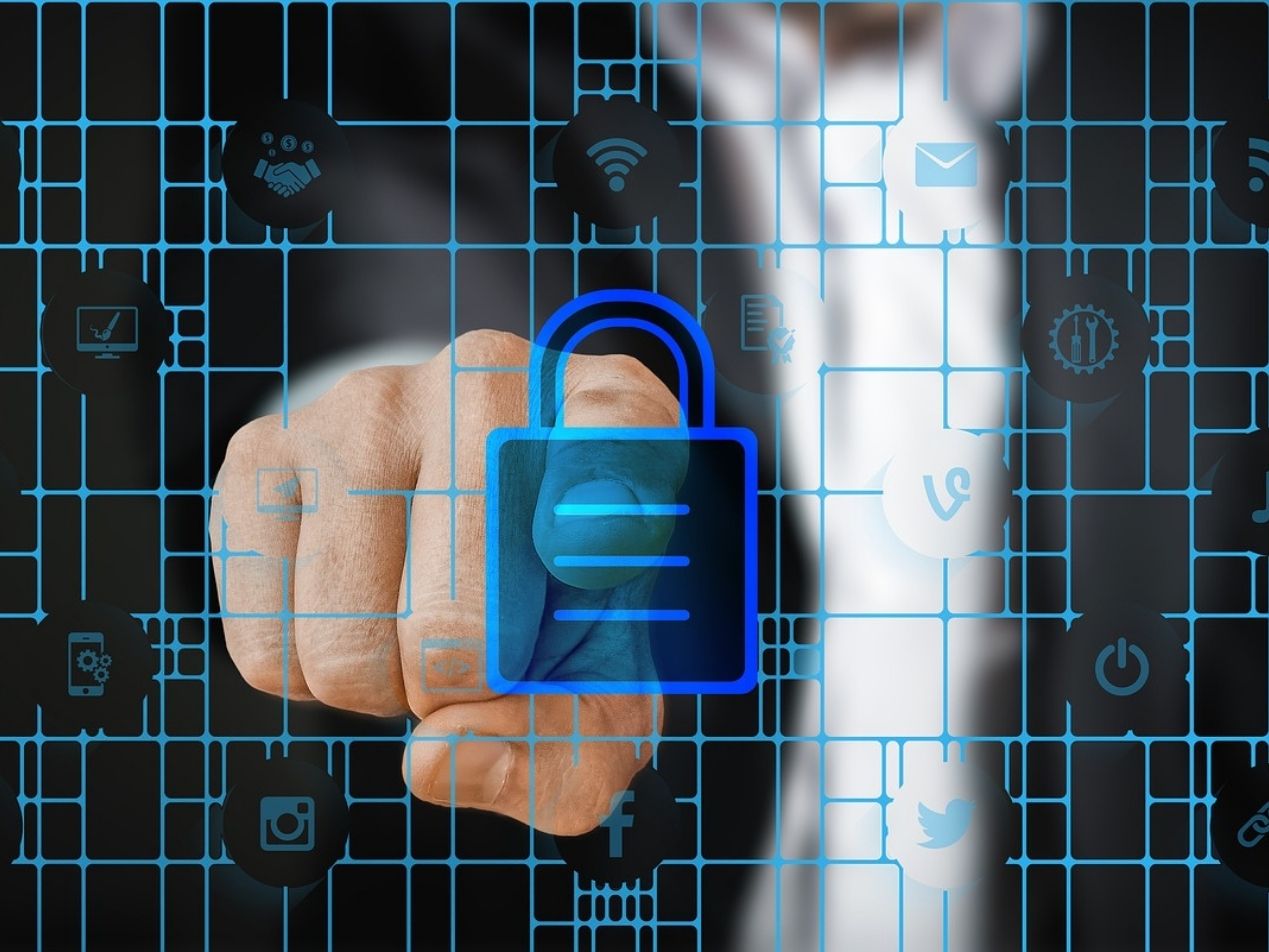
Email is a standard route for various cyber threats due to its widespread communication. Cyber threats are malicious activities compromising digital information and systems' confidentiality, integrity, or availability. These threats exploit computer systems, networks, and data vulnerabilities to cause harm, steal sensitive information, disrupt operations, or gain unauthorized access.
Common email cyber threats
Phishing attacks
Email phishing: Cybercriminals send deceptive emails to trick recipients into divulging sensitive information or clicking on malicious links.
Spear phishing: Targeted phishing attacks customized for specific individuals or organizations, often using information gathered about the target.
Malware distribution
Email attachments: Malicious attachments in emails may contain viruses, ransomware, or other types of malware.
Embedded links: Emails may contain links that lead to websites hosting malware, drive-by downloads, or phishing pages.
Business email compromise (BEC):
Cybercriminals compromise business email accounts to conduct fraudulent activities, such as unauthorized fund transfers or gaining access to sensitive information.
Ransomware attacks:
Emails may contain links or attachments that, when opened, execute ransomware, encrypting files and demanding payment for their release.
Spoofing and impersonation:
- Email spoofing: Attackers forge email headers to make messages appear as if they come from a trusted source.
- CEO fraud: Impersonation of executives or high-ranking individuals to trick employees into revealing sensitive information or making financial transactions.
Man-in-the-Middle (MitM) attacks
Emails may be intercepted and altered in transit, leading to unauthorized access, data theft, or the injection of malicious content.
Credential harvesting
Emails may contain fake login pages or requests for sensitive information, aiming to harvest usernames, passwords, or other credentials.
Email account takeover
Cybercriminals gain unauthorized access to an individual's or organization's email account, allowing them to send malicious emails or access sensitive information.
Zero-day exploits:
Emails may exploit previously unknown vulnerabilities in email clients or applications to deliver malware or gain unauthorized access.
Social engineering:
Cybercriminals use psychological manipulation to trick individuals into divulging confidential information or performing actions that may compromise security.
Related: Paubox Weekly: CISA and HHS launch cybersecurity healthcare toolkit
How do email cyber threats affect healthcare organizations?
Email cyber threats can have severe consequences for healthcare organizations, given the sensitive nature of the information they handle.
Here's how these threats can impact healthcare institutions:
Patient Data Breaches
Impact: Patient records contain sensitive information, including medical history, personal details, and financial data. Email cyber threats can lead to unauthorized access and theft of this sensitive information.
Consequences: Patient privacy is compromised, and healthcare organizations may face legal repercussions, financial penalties, and damage to their reputation.
Disruption of healthcare services
Impact: Ransomware attacks can encrypt critical files, rendering them inaccessible. This can disrupt healthcare services, including patient care, appointment scheduling, and communication between healthcare professionals.
Consequences: Treatment delays, compromised patient safety, and potential harm to individuals who rely on timely medical services.
Financial Losses
Impact: BEC attacks can lead to unauthorized fund transfers, impacting the financial stability of healthcare organizations.
Consequences: Loss of funds, disruption to financial operations, and potential legal and regulatory consequences.
Compromised medical devices and systems
Impact: Malware delivered through email can infect medical devices and systems, affecting their functionality and potentially risking patients' lives.
Consequences: Patient safety is compromised, and healthcare organizations may face regulatory scrutiny and legal challenges.
Legal and regulatory consequences
Impact: Patient data breaches and failures to protect sensitive information can result in legal actions and regulatory penalties.
Consequences: Fines, legal actions, and potential suspension or revocation of licenses may harm the organization's financial stability and reputation.
Operational Downtime
Impact: Successful cyber attacks, such as ransomware incidents, can lead to operational downtime, disrupting normal hospital functions and patient care.
Consequences: Financial losses, delayed patient care, and potential legal actions resulting from the inability to provide essential healthcare services.
How to protect healthcare organizations from email cyber threats
To minimize the risks associated with cyber threats, healthcare organizations must implement strong cybersecurity measures such as training employees, using advanced email filters, regularly updating their systems, and developing incident response plans.
Go deeper:
- Why investing in ongoing cybersecurity training is good business
- HIPAA Compliant Email: The Definitive Guide
Subscribe to Paubox Weekly
Every Friday we'll bring you the most important news from Paubox. Our aim is to make you smarter, faster.




